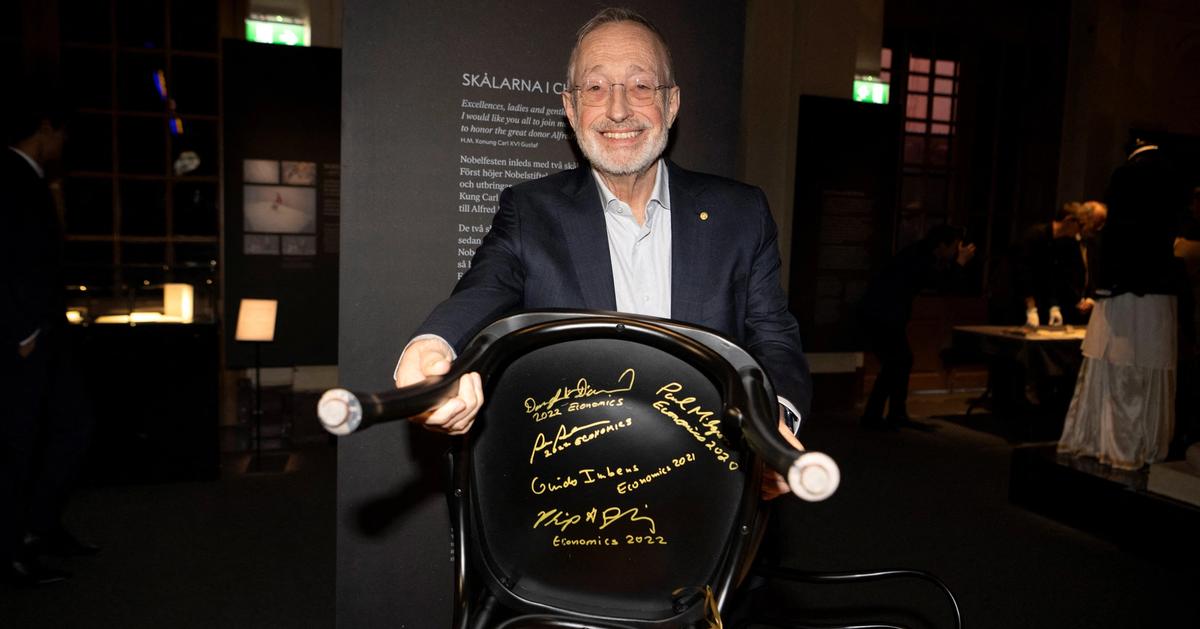Just before Google wrapped up the recent three-week US antitrust trial, it called a star witness to the stand who has won a Nobel prize and an Emmy.
The unusual combination of accolades (and there are more) belongs to Paul Milgrom, a Stanford economist known for revolutionizing the field of auctions, and, in the last few years, trying to solve California’s water shortage.
Milgrom’s company, Auctionomics, is at the forefront of an increasingly important field, sometimes referred to as market design, that is set to play an outsized role in the next AI-enabled wave of commerce.
Milgrom’s specialty is using complex mathematics and, more recently, software algorithms, to create the right incentives to make the most complicated auctions go smoothly. Over the years, he also helped shape the online advertising industry by working with dot-com companies to build the marketplaces that eventually became the flourishing ad tech industry.
Colleagues say Milgrom, despite his status, has remained grounded and capable of describing his complicated field in ways anyone can understand — an ability that made him particularly suited for the witness stand last week.
During the Google antitrust trial, Milgrom picked apart the government’s assertions that the company had abused its power, essentially arguing that the prosecution had misinterpreted changes Google made to its advertising auctions over the course of many years. Rather than anticompetitive, Milgrom argued, they were the right choices at the time, given the current technology, to avoid abuse of the system.
During the testimony, US District Judge Leonie Brinkema asked him to explain an aspect of Google’s past auctions, where bidders get one chance to offer the maximum price they would pay for an ad. The winning bidder only has to pay the price of the next lowest bid. This is known as a “sealed bid, second price auction.”
The system is designed, Milgrom testified, to incentivize participants to bid honestly based on what they are willing to pay. The result is almost the same as a traditional “ascending auction” but requires less back and forth, allowing the auction to take place in a millisecond with little risk of technical glitches. (Otherwise, the ad would take too long to appear or slow down a website).
“Now, I still have a question,” Brinkema said. “If I am in a sealed bidding situation and $7 is what I’m willing to pay for this item, you put in a $3 bid. And I win the bid at $7, why am I not paying the $7?”
“If you made a rule that said you have to pay the amount that you bid, then you wouldn’t have bid $7, you would have bid something different,” Milgrom said. “You would say, gee, why would I bid $7, you know, that’s my maximum. It’s only worth $7 to me. I can get it for $7 at the local store. I’m trying to get a bargain here. I’ll bid $5 and see if I can win for that price.”
“Now I understand. Thank you,” Brinkema responded.
Auctionomics co-founder and CEO Silvia Battilana declined to speak about the Google case specifically, but she said taking on the client was a no brainer. The Google ad system is “the holy grail of all auctions,” she said. “You get to reproduce the whole history and everything they did. You’re working on the queen of all auctions.”

